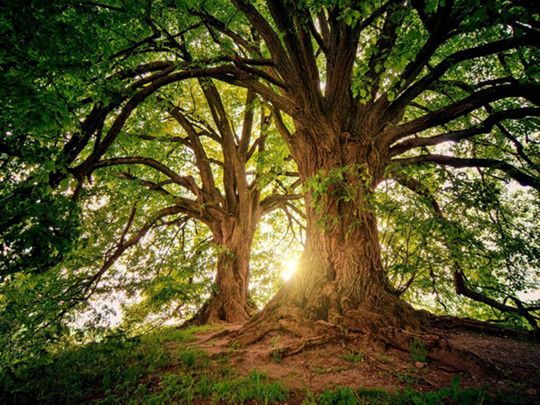
New Delhi: On International Wetlands Day 2022, India added two Ramsar sites upscaling the number from 47 to 49.
The two new Ramsar sites (Wetlands of International Importance), Khijadia Bird Sanctuary in Gujarat and Bakhira Wildlife Sanctuary in Uttar Pradesh were announced on Wednesday.
The 47th Ramsar site was Uttar Pradesh’s Haiderpur Wetland.
Union Environment Minister Bhupendra Yadav said, “Development and environment should walk together in a perennial manner. 40 per cent of biodiversity comes from the wetland.”
Furthermore, while stressing the importance of wetland day, he said: “Today is International wetland day. There are more than two lakhs of small ponds in India but there are also a few that needs to be preserved. India has 52 national tiger forests in India. There are two blue tag beaches in India. We have added two Ramsar sites today.”
While, Haryana Chief Minister Manohar Lal Khattar, said: “There are 18,000 ponds in Haryana, now at least 6,000 ponds are overflowing and are full of dirt. We have formed Pond authority to take care of it. This authority this year aims to preserve/ maintain 1,900 ponds.”
After this announcement, India now has a network of 49 Ramsar sites covering an area of 10,93,636 hectares, the highest in South Asia.
Bakhira Wildlife Sanctuary in Uttar Pradesh provides a safe wintering and staging ground for a large number of species of the Central Asian Flyway. Khijadia Wildlife Sanctuary is a coastal wetland with rich avifaunal diversity providing a safe habitat to endangered and vulnerable species.
Ramsar Sites in India are declared under the Ramsar Convention, which was established by UNESCO in 1971. A site is declared as a Ramsar Wetland Site in India if it meets any one of the nine criteria set under the Convention of Wetland.
Environmentalists are of the view that following wetlands destruction, floods and drought damage, nutrient runoff and water pollution, shoreline erosion, has triggered a decline in wildlife populations.
Space Applications Centre (SAC), Ahmedabad today released National Wetland Decadal Change Atlas highlighting the changes which have happened in Wetlands across the country in the past decade.
Efforts to conserve wetlands in India began in 1987 and the main focus of governmental efforts was on biological methods of conservation.












